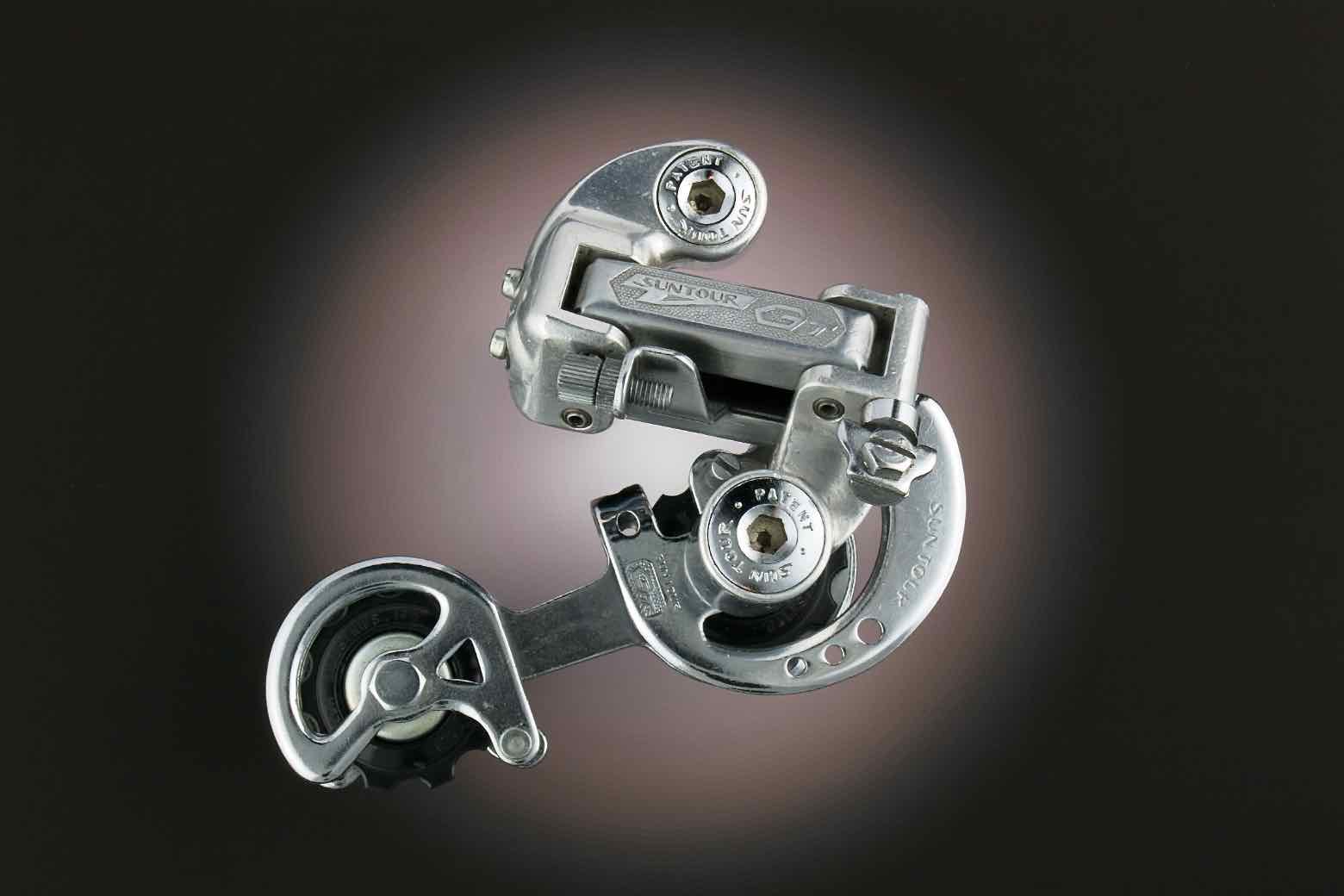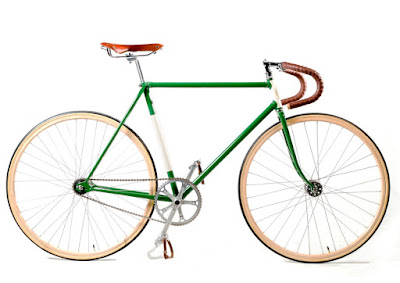Sometimes even I can't talk about bicycles or bicycling. Some things are bigger, sometimes.
So it was back in November, after the attacks in Paris. They had a personal meaning for me, as I had cycled or walked the streets, and sat at a sidewalk table in the café, that bore the onslaught. Thankfully, none of my friends were hurt, though I still felt badly for those who were, or who lost loved ones.
Last week, suicide bombers struck on Iskital Caddesi (Iskital Avenue) in Beyoglu, a quaint shopping and tourist area of Istanbul. I spent nearly two weeks in Istanbul and a month in Turkey ten years ago. While I don't have quite the same connection to it that I do to Paris or France, I still feel as if a part of me had been attacked. Even in such a heavily-visited area, the warmth and hospitality of local people--I'm not talking only about store and café owners and workers, though I include them--is unmistakable.
An attack in such a place is also an attack on those people, and the beautiful people I met in other parts of Turkey. I do not know the victims, but it is hard not to think that at least some of them, had I ever met them, would remind me of some of those friendly faces and incandescent eyes I saw along the Aegean coast and in the countryside.
Now sudden, random death has struck Belgium--specifically, Brussels. I have not spent a lot of time in the nation or its capital, but I have deep and pleasant memories of both. Most important, as in Istanbul and Paris, innocent people who were simply going about their lives and lost them, seemingly out of nowhere.
My heart goes out to all of them.
So it was back in November, after the attacks in Paris. They had a personal meaning for me, as I had cycled or walked the streets, and sat at a sidewalk table in the café, that bore the onslaught. Thankfully, none of my friends were hurt, though I still felt badly for those who were, or who lost loved ones.
Last week, suicide bombers struck on Iskital Caddesi (Iskital Avenue) in Beyoglu, a quaint shopping and tourist area of Istanbul. I spent nearly two weeks in Istanbul and a month in Turkey ten years ago. While I don't have quite the same connection to it that I do to Paris or France, I still feel as if a part of me had been attacked. Even in such a heavily-visited area, the warmth and hospitality of local people--I'm not talking only about store and café owners and workers, though I include them--is unmistakable.
An attack in such a place is also an attack on those people, and the beautiful people I met in other parts of Turkey. I do not know the victims, but it is hard not to think that at least some of them, had I ever met them, would remind me of some of those friendly faces and incandescent eyes I saw along the Aegean coast and in the countryside.
Now sudden, random death has struck Belgium--specifically, Brussels. I have not spent a lot of time in the nation or its capital, but I have deep and pleasant memories of both. Most important, as in Istanbul and Paris, innocent people who were simply going about their lives and lost them, seemingly out of nowhere.
My heart goes out to all of them.
























